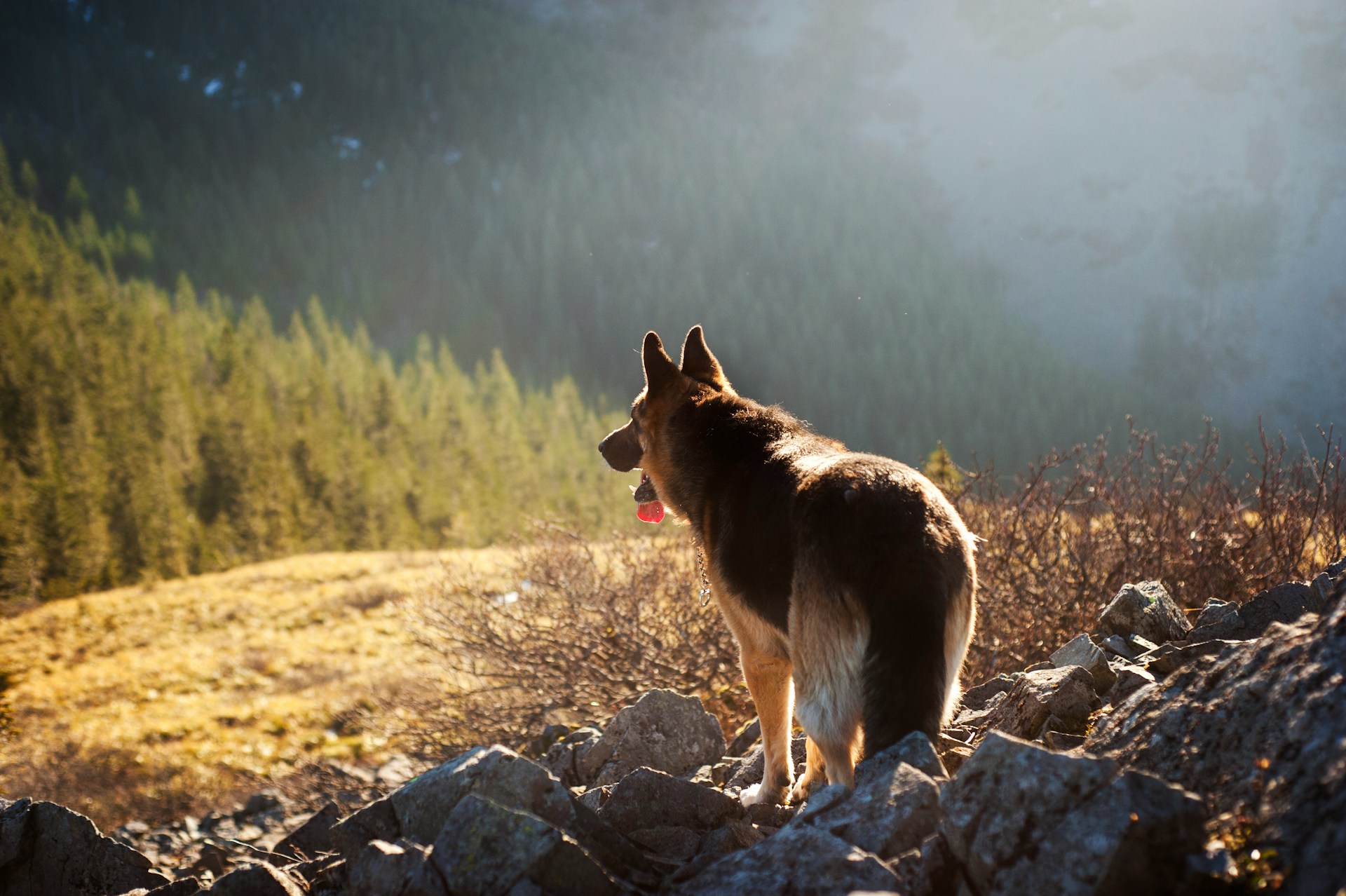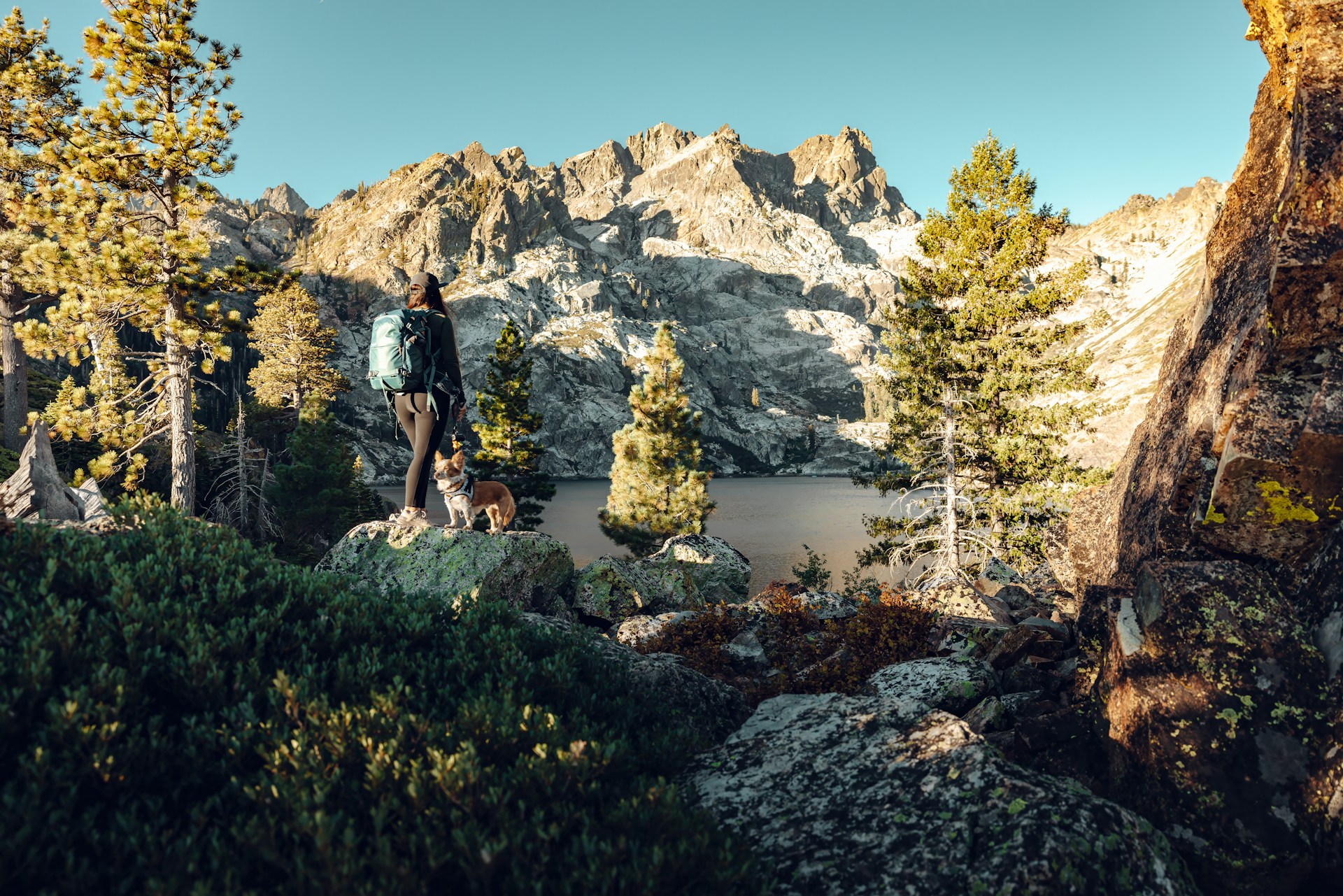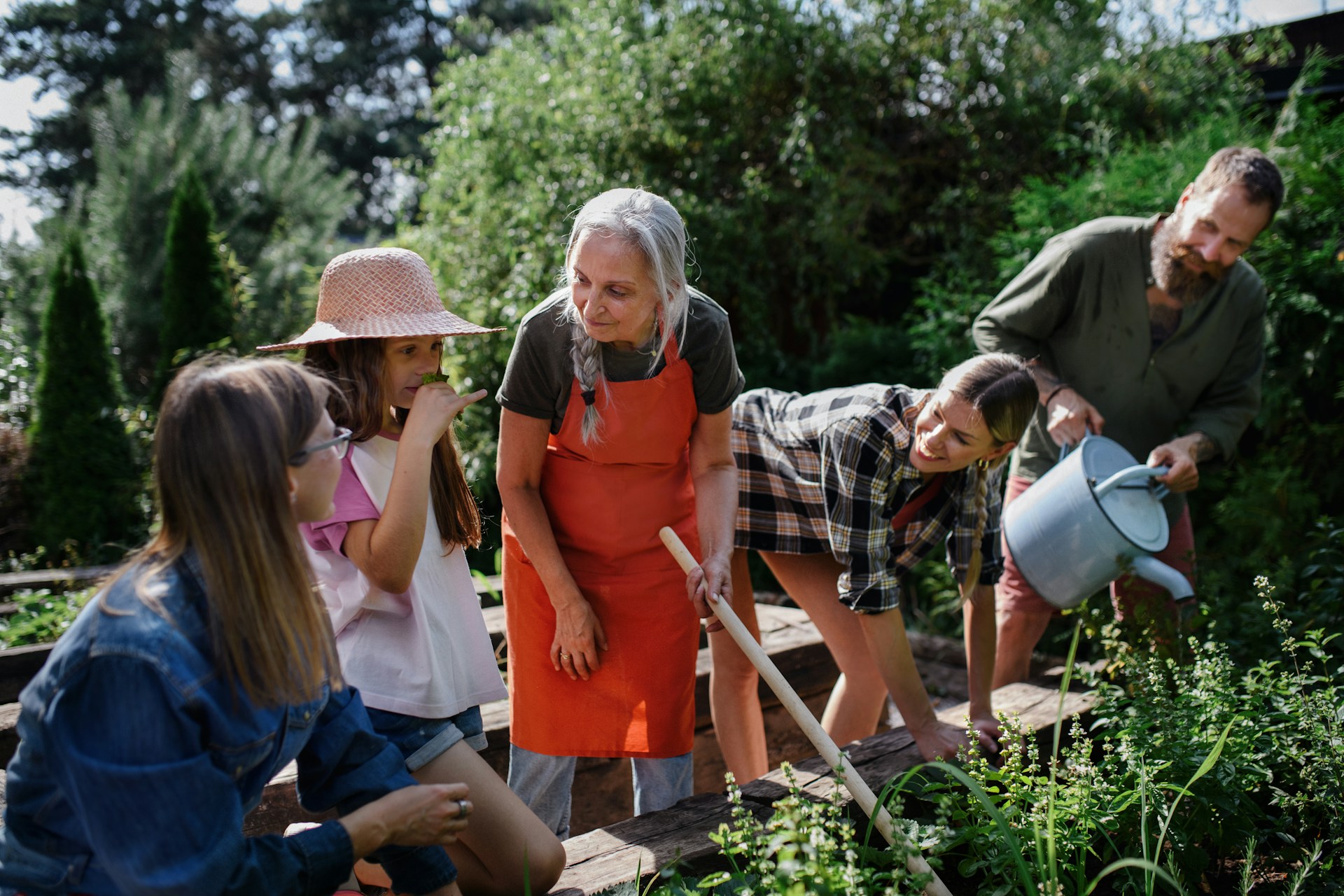Preparedness
Tornadoes: Are You Really Ready for Nature’s Fury?

While many might assume that tornadoes are exclusive to the infamous “tornado alley,” the truth is these formidable storms can occur just about anywhere given the right conditions. This means that no matter where you reside, understanding how to protect yourself and your family is crucial.
A personal experience brought this reality home for me. One day, as my daughter and I were returning from an outing, I noticed a peculiar greenish hue in the sky. My daughter, who had recently learned about weather patterns in school, was intrigued. I pointed out the sky and remarked, “that is what the sky would look like if we had tornados around here.” Little did I know how close we were to a real tornado. Opting for an alternate route home turned out to be a wise decision, sparing us from the path of an EF-2 tornado with winds reaching up to 120 mph. Instead, we encountered only the tail end, with hail accumulating 4-5 inches on the road in mere moments.
Preparation is paramount when it comes to tornado safety. If you reside in areas prone to these storms, assembling a comprehensive safety kit is essential. Your kit should include fresh batteries and a battery-operated TV, radio, or internet-enabled device to receive emergency weather updates. Additionally, having a tornado emergency plan is vital, ensuring access to a safe shelter for everyone, including those with special needs and pets. Don’t forget an emergency kit stocked with water, non-perishable food, and medication.
Educating your children about tornadoes is equally important. They should understand what tornado watches and warnings mean, know the county or parish they live in, and be aware of what makes a location a safe shelter, whether at home or school.
Vigilance in monitoring weather conditions is crucial, particularly in regions not typically associated with tornadoes, where warning systems may be lacking. Stay informed through local radio and TV stations or a NOAA weather radio, especially when thunderstorms are predicted. Keep an eye out for signs of an approaching tornado, as some can form rapidly without prior warnings.
In the event of a tornado, knowing where to seek shelter can be life-saving. Most injuries and fatalities during tornadoes result from falling and flying debris. While no place is entirely safe, certain locations offer better protection. Seek refuge in a basement or an interior room without windows on the lowest floor, such as a bathroom, closet, or center hallway. For added protection, get under something sturdy like a heavy table or workbench, and cover yourself with a blanket, sleeping bag, or mattress. Protect your head with anything available.
Avoid staying in mobile homes during a tornado. If you find yourself outside or in a mobile home, head to a nearby building with a basement if possible. If you’re in a car, do not attempt to outrun the tornado; instead, find the nearest sturdy building for shelter.
Ultimately, no one can predict a tornado’s strength until it makes landfall, so staying informed about local weather conditions is vital, especially when thunderstorms loom. Preparing your home and family for the possibility of a tornado ensures that everyone knows where to go quickly, whether indoors or outdoors. By following these guidelines, you enhance your chances of staying safe during a tornado.
Let us know what you think, please share your thoughts in the comments below.

Preparedness
Keep Pets Cool And Safe As Temperatures Soar

As temperatures rise, it’s crucial to understand how our furry companions handle the heat. Unlike humans, cats and dogs don’t have sweat glands distributed throughout their bodies. Instead, they possess only a few, located in their feet and around their noses. This limited capacity for sweating means that many animals must rely on panting and external methods of cooling to regulate their body temperature.
Heatstroke is a risk for all animals, making it essential for pet owners to actively prevent it. Certain breeds, particularly those with brachycephalic anatomy, are at an increased risk. Flat-faced breeds like Pugs, English Bulldogs, French Bulldogs, as well as Persian and Himalayan cats, are more susceptible due to their unique facial structures.
To protect your pets during hot weather, ensure they have access to plenty of fresh water and a cool, shaded area. It’s also wise to avoid strenuous activities during peak heat hours. By taking these precautions, you can help your pets stay safe and comfortable when the temperature climbs.
Let us know what you think, please share your thoughts in the comments below.
Preparedness
Survive Smarter Pack Lighter Essential Tips for Emergencies

In the world of survival, the mantra “less is more” holds significant weight. When faced with an emergency scenario, the ability to move swiftly and efficiently is crucial. Carrying a hefty load can hinder your progress and wear you out, especially if you’re not accustomed to hauling a 60-pound pack regularly. Instead, focus on the essentials and aim to keep your pack under 25 pounds.
The temptation to fill your bag with gadgets and gear can be strong, but it’s important to remember that the more you know, the less you need to carry. By honing your survival skills, you can significantly reduce the amount of equipment you need to lug around. This approach is particularly beneficial in a “Get Out Of Dodge” situation, where speed and agility are paramount.
Your gear should be streamlined, with a focus on necessities. Some redundancies are wise for critical items, but avoid overloading your pack. A durable backpack in natural colors like grey, muted greens, browns, or blues is ideal, as it blends well in both woodland and urban environments. Avoid camo patterns or tactical-looking bags that might draw unwanted attention in urban areas.
When it comes to shelter, think versatile and lightweight. A shelter kit should include something to sleep under, on, and in, along with cordage for assembly. A tarp can be more advantageous than a tent, offering flexibility and doubling as rain gear if needed. For bedding, consider filling contractor-grade trash bags with leaves or grass, or opt for a high-tech sleeping pad. An emergency blanket or poncho liner, often called a “woobie,” can serve as your sleeping bag.
“Try using 550 paracord just for the ridgeline – this means you will only need to pack about 60 feet of it.” For the rest of your shelter construction, #36 bankline is a solid choice. While stakes can be fashioned from natural materials, packing six aluminum or titanium tent stakes can be beneficial, especially if you’re dealing with challenging conditions.
Fire-making is another critical skill. It’s wise to have at least three methods for starting a fire: a Bic lighter, a ferro rod, and a Fresnel lens are good options. Ready-made tinder, such as cotton balls with Vaseline or a tin of mini-infernos, can be invaluable when you’re cold and wet, and your dexterity is compromised.
In summary, lightening your load is about prioritizing skills over equipment and ensuring your gear is both efficient and effective. By doing so, you can cover ground quickly and meet your immediate needs without unnecessary strain.
Let us know what you think, please share your thoughts in the comments below.
Preparedness
Find Your Perfect Survival Retreat: Isolation or Community?

When it comes to selecting a survival retreat, the choice is as much about location as it is about lifestyle. The key is to find a balance between isolation and accessibility, while ensuring that the site is defensible and sustainable. The three primary categories for such retreats are “in-town,” “rural,” and “isolated.” Each offers distinct advantages and challenges that must be considered carefully.
An “in-town” retreat is typically located in a small community with a population of around 3,000 or less. This setting offers the advantage of being part of a community, which can provide security arrangements and opportunities for barter. Access to community clinics and local resources can also be beneficial if medical personnel reside in the area.
However, living in a small town comes with its downsides. Privacy can be limited, and in a grid-down situation, sanitation issues may arise. There’s also a heightened risk of communicable diseases and the potential for supplies to be confiscated. Additionally, keeping livestock could be restricted to smaller animals like chickens or rabbits.
Rural retreats, where neighbors are visible but not too close, offer a different set of benefits. The proximity of friendly and cooperative neighbors can provide a sense of community and shared resources. This setup often includes established livestock, gardens, and orchards. Moreover, having people nearby can be invaluable for major tasks such as planting and harvesting.
Despite these advantages, rural living shares some challenges with in-town retreats. Privacy might be compromised, and there remains the risk of supplies being confiscated or feeling pressured to share them.
For those seeking complete privacy, an isolated retreat might be the ideal choice. These locations are generally remote, with no visible neighbors, offering lower land and housing costs. The seclusion allows for stockpiling supplies and building fortifications without prying eyes. Additionally, the risk of communicable diseases is significantly reduced.
However, isolation comes with its own set of challenges. It can be difficult for a small family to maintain and defend such a retreat. Access to medical, fire, and police assistance is limited, even in normal times. Furthermore, the lack of nearby community means isolation from barter opportunities and a longer commute to jobs and essential services.
When choosing a retreat location, consider the terrain. “A retreat situated in a hilly or mountainous region is preferable to one on the plains in the event of a worst-case scenario.” The natural barriers of such terrains can make them easier to defend, as opposed to the multiple access points found in plains areas.
The ideal home for a retreat should be robust and practical. Look for a masonry house with a fireproof roof, or a wood-frame construction in earthquake-prone areas. An oversized lot provides room for expansion and storage. A house with at least one more bedroom than needed allows for additional storage and the potential to accommodate friends or family in need.
Ultimately, your choice of a retreat location should align with your ability to maintain it and your readiness to adapt to its challenges. Whether you choose an in-town, rural, or isolated setting, the goal is to create a sustainable and defensible haven that meets your survival needs.
Let us know what you think, please share your thoughts in the comments below.
-

 Tactical1 year ago
Tactical1 year ago70-Year-Old Fends Off Intruder with Lead-Powered Message
-

 Tactical1 year ago
Tactical1 year agoVape Shop Employee Confronts Armed Crooks, Sends Them Running
-

 Preparedness1 year ago
Preparedness1 year agoEx-Ballerina’s Guilty Verdict Sends Tremors Through Gun-Owner Community
-

 Preparedness11 months ago
Preparedness11 months agoGood Samaritan Saves Trooper in Harrowing Interstate Confrontation
-

 Tactical1 year ago
Tactical1 year agoMidnight SUV Theft Interrupted by Armed Homeowner’s Retaliation
-

 Survival Stories2 years ago
Survival Stories2 years agoEmily’s 30-Day Experience of Being Stranded on a Desert Island
-

 Preparedness11 months ago
Preparedness11 months agoArizona Engineer’s Headless Body Found in Desert: Friend Charged
-

 Preparedness11 months ago
Preparedness11 months agoBoy Saves Dad from Bear Attack with One Perfect Shot